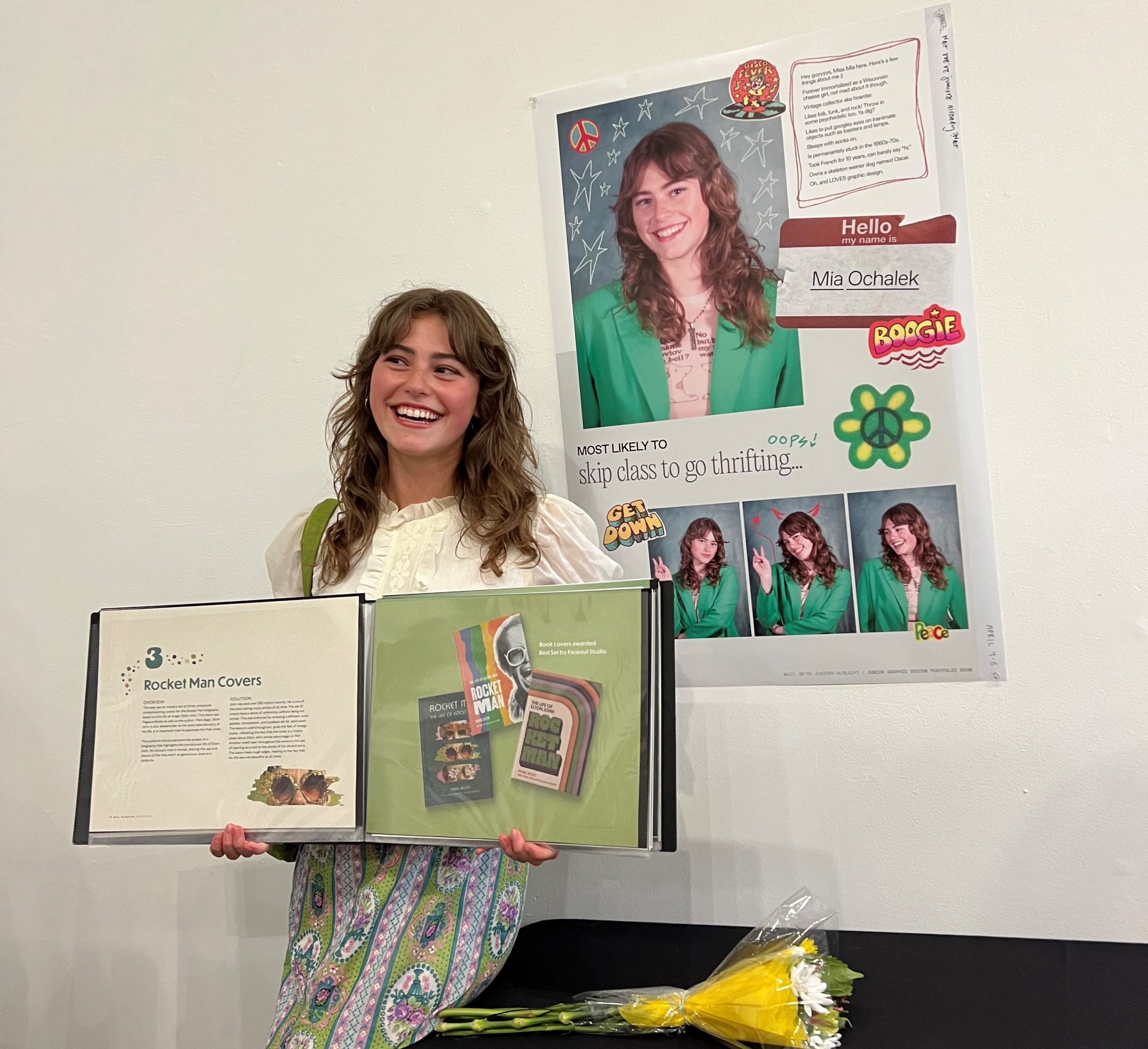
It takes more than a beret and a laissez-faire attitude to excel as an artist. From sculpting clay-work to creating illustrations, graphic design major Mia Ochalek has more than just hustle.
She’s got range.
“You have to have, like, superpowers to be in this major,” she said.
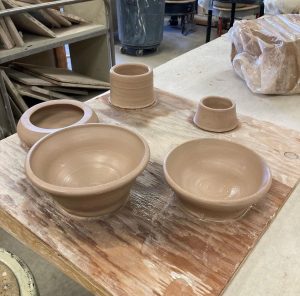
The Chapman Art Department, composed of art history, studio art and graphic design majors and minors, prepares students to work harder than ever in an evolving art scene. Although some alumni feel that Chapman has equipped them with connections and a variety of skills, it is still challenging to find commercial success after graduation.
The unemployment rate for artists in 2021 was 7.2%, which increased due to the pandemic and is nearly double the 3.7% unemployment in 2019, according to the National Endowment for the Arts.
Jeanie Randazzo, manager of the art department, said pandemic-driven unemployment and the sheer amount of competition among creatives makes it difficult to stand out.
“It takes a long time to get a break,” Randazzo said. “It’s hard to move forward from when you graduate, and just staying in communication with them [students] and encouraging them not to stop.”
Randazzo said Chapman can build students’ skill sets, but students have to be determined to push themselves and not get discouraged.
“Our art students are very brave, they’re very courageous, and they’ll tap in
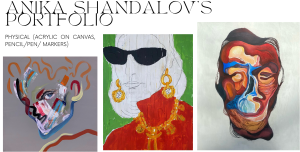
to a lot of industries just to even try it,” she said.
Randazzo said there are about 350 students who have declared majors or minors in the art department. Because the three programs cross-pollinate, students are prepared with skills that make them capable artists.
“You can be a graphic designer and know how to stitch a book together through book-making classes and then at the same time throw some clay on a potting wheel and create the best ceramics known to the art world,” Randazzo said.
Many students, like Anika Shandalov, are well aware that the art industry is intense.
“When people go to school for art, there’s a stereotype that it’s, ‘You’re not gonna get a job, you’re not gonna make money,’” she said.
Although she loves studio art, Shandalov knows the chances of being the next Vincent van Gogh are low. She’s turned to a more practical approach and has made her artistic weaknesses her strengths.
The sophomore communication major, minoring in graphic design and production design, declared a second minor in graphic design to become a more versatile artist. She taught herself the Adobe Suite and has dedicated her time to design outside the 30 hours of class she attends each week.
“With graphic design, that’s something I was keeping in mind too, is that there will always be a job,” Shandalov said.
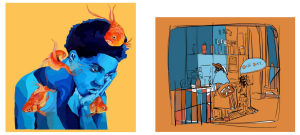
Senior graphic design major Makena Snipes has networked and built her portfolio to land an internship in movie poster design, her dream career. She hopes to use it as a networking opportunity and continue with the company after graduation.
“I’m a first-generation student, I have no connections, I’m not from California, so I’ve just been grinding and grinding to get these jobs,” Snipes said.
On campus, she promotes her work in any way she can, often designing sorority posters and fraternity tee-shirts. Some of her projects including photography, illustration and film can be found on her website.
Junior Kennedy Cardenas has seen how art can influence any career. She is a double minor in art and psychology and wants to have a reliable job as an art therapist.
Her future might look like teaching an art class to make patients feel comfortable opening up.
“They [Chapman] do a good job at helping you to move towards whatever your professional interests are,” Cardenas said.
Across the three programs, Justin Walsh, professor and interim chair of the art department, said student success after graduation is widespread.
“It’s a function both of our faculty, certainly the excellent students we’re attracting, and the resources we’re able to leverage here in Southern California,” Walsh said.
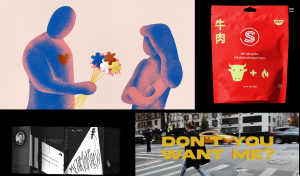
Walsh explained that students can network and learn from professional artists through Guggenheim Gallery shows. At the back of Moulton Hall, a mock gallery, known as the, “Cubenheim,” is a blank white room for students to practice setting up and running a gallery show.
At the Visual Thinker Lecture Series (VTLS), students are able to hear from alumni who have found success in different fields. There is also a senior graphic design portfolio review, the AIGA Orange County Portfolio Review, a professional association for design. At this event, students engage in small workshops with professionals who review and critique their work.
Randazzo said that because most of the faculty are artists, they have the resources to help students make connections and gain internships to grow their experience.
Lexi Zdanov, president of The Collective, a club for artists on campus, recognizes the importance of getting student artists the exposure they need.
“We just try to give exposure to any artist who needs a place,” she said.
The Collective puts on festivals and hosts events to support their over 200 members.
Zdanov, a senior majoring in dance and health sciences, became president in 2019, taking on multiple roles after the senior staff graduated.
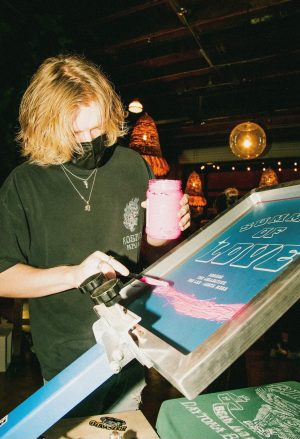
“I didn’t want to let this die because it’s too special,” she said.
She’s seen recent graduates thrive – everything from doing graphic design for Olivia Rodrigo to photographing for Vogue, she’s seen recent graduates thrive.
Walsh has also been impressed by both alumni and current arts students for their dedication to build their careers.
“I don’t feel like I ever hear about students who are not doing something that’s related to what they wanted to do,” Walsh said. “I think that’s a testament to the strength of our programs and mentoring that we provide.”
Tyler Park, a 2012 graduate, met an artist at one of Chapman’s Guggenheim Gallery shows who he now represents. Today, he manages his own galleries.
“Meeting someone in the LA art community through Chapman was kind of cool,” he said.
Alumni Anya Salmen, a 2021 graduate, now lives in New York City pursuing her career as a creative director and artist. During her time at Chapman, she was a part of The Collective community and appreciated how her courses prepared her for success.
“Take advantage of your time in school to experiment with as many mediums and forms of art until you find something that really really excites you and sticks with you,” she said.
She said how important it has been to build a unique personal brand and website to represent her as an artist.
“It’s going to be the best way to find your community and build confidence in yourself as an artist,” she said.
As she browsed LinkedIn, Ochalek was reminded why Chapman pushes art students so hard. Chapman recognizes that the art world is expanding and wants students to have a variety of skills.
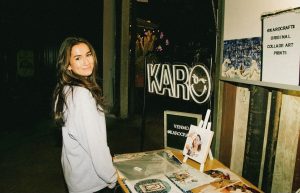
“Every time you look it’s like a new thing,” Ochalek said. “It’s hard to keep up with that.”
Ochalek is well-versed in many creative fields, including painting, drawing, ceramics, film photography and more. She was drawn to graphic design because it’s a way to have a creative career.
Graphic design may be Ochalek’s major, but it isn’t her passion. She hopes to one day own a
vintage store or sell illustrations.
Post-graduation, Ochalek will have to decide whether she wants to pursue passion or profit.
Chapman can only prepare student artists so much for the competitive art world after graduation. Although these students have grown their artistic range at Chapman, Randazzo said that their own drive matters most.
“It just depends how badly you want it,” Randazzo said.

Alexandra Davenport is a junior majoring in journalism. Her appreciation for storytelling began early in her life and she has developed her passion for journalism in college.
Alexandra Davenport is a junior majoring in journalism. Her appreciation for storytelling began early in her life and she has developed her passion for journalism in college.

